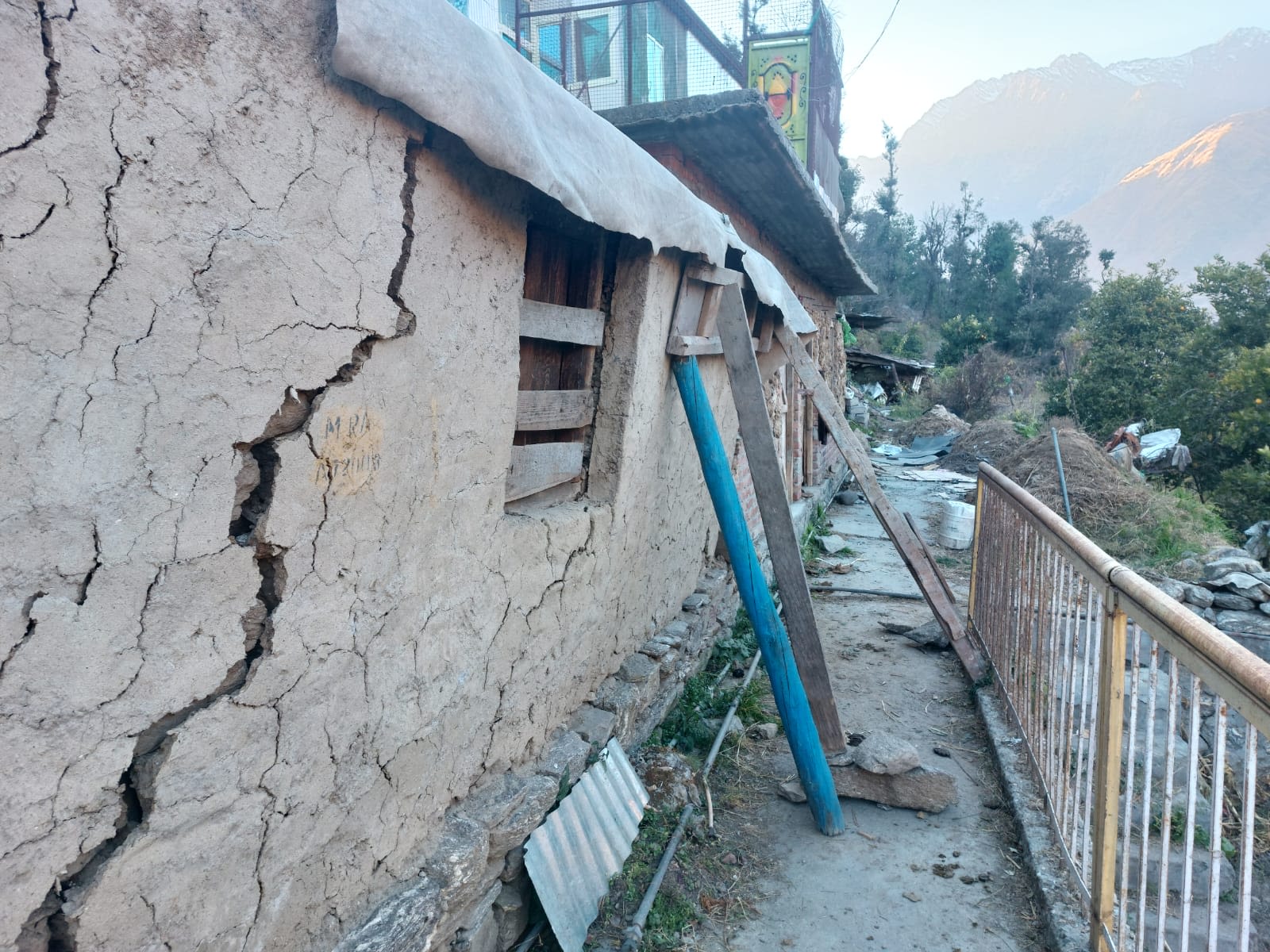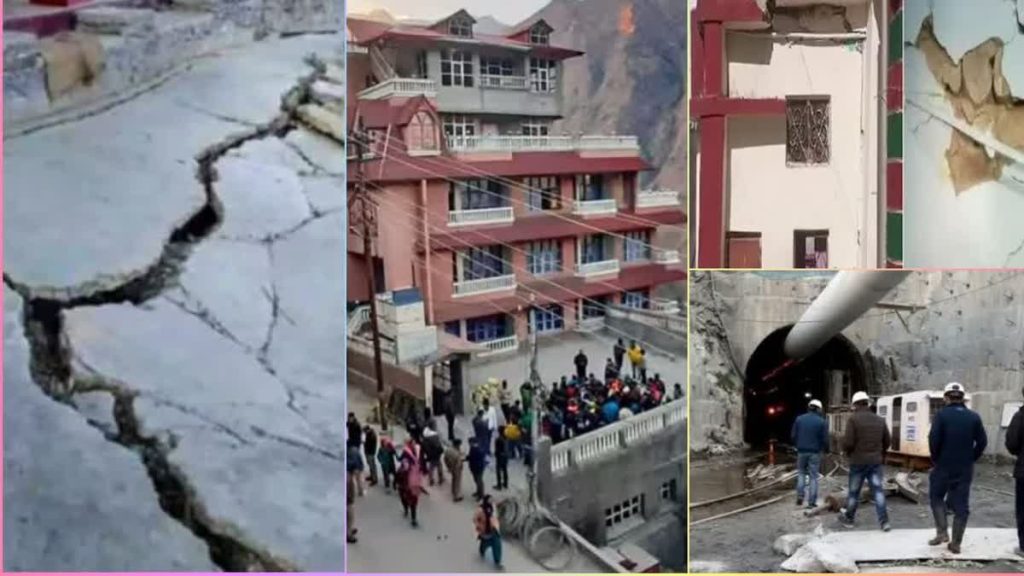What locals in Joshimath and geologists had suspected has now been officially acknowledged by the National Disaster Management Authority (NDMA). The community has been overpopulated for a long time. As a result, no new buildings should be permitted there.

The administration of Uttarakhand failed to inform the public of even this confirmation. Since the NDMA’s findings were sent to the Uttarakhand HC in a sealed envelope, it required a TOIreport for the public to learn what they were. The bench of the High Court questioned the necessity of maintaining confidentiality.
Progression and development in the Himalayan states
We are at a crossroads in terms of development in the Himalayan states, and the NDMA’s post-disaster report needs to be read in conjunction with other developments. Land sinking at Joshimath has prompted a rethinking of the city’s growth plan. To reduce the question to growth against nature is to miss the point, given the significance of tourism and the concomitant requirement for supporting infrastructure.
Instead, it should be posed as an issue about the limits each Himalayan state is willing to tolerate in light of the dangers they face. before response to a PIL before the Supreme Court earlier this month, the GOI suggested that the Himalayan hill states conduct an assessment of the carrying capacity and submit their reports to the court.

The path that Joshimath took captures the difficulties perfectly. Nearly half a century ago, a group led by the then commissioner of Garhwal investigated land subsidence and recommended that building practices be tied to soil strength. The Himalayan area is vulnerable to both micro and macro threats due to its unique geology and location.
For example, the northern districts of Garhwal are located in seismic zone V, the greatest seismic activity zone. In addition, the state agency in charge of disaster management has identified these locations as high-risk zones for landslides. The confluence of these variables calls for a review of how governments calculate the dangers associated with infrastructure investments.
For instance, in 2023, the Uttarakhand state emergency operation centre reported over 1,100 landslides up until mid-September. In 2021, the numbers were 354, and in 2022, they dropped to 245. The magnitude of the disparity requires more investigation to guarantee that carrying capacity has not been severely surpassed. Last but not least, governments must be honest with citizens, who are the true stakeholders here. Unopened envelopes have no place here. The epidemic taught us, among other things, the value of open scientific collaboration in the search for effective responses.

